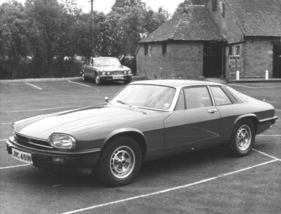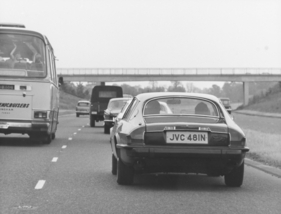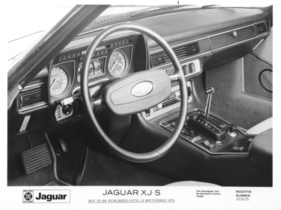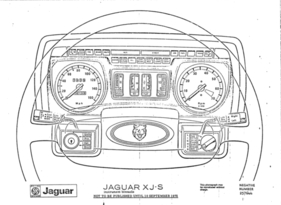50 years of the Jaguar XJ-S - a benchmark and long seller with an eventful history
Summary
Too much plastic, too baroque, too soft, too little sportiness, too narrow, too much fuel consumption, too complicated, too far removed from the current needs of the market, too expensive to produce. Instead of enthusiasm, the Jaguar XJ-S had a hard time at its presentation on September 10, 1975 on the occasion of its official world premiere at the IAA in Frankfurt. When it was discontinued in 1996, it was the longest-built Jaguar and the most successful two-door in the company's history.
This article contains the following chapters
- Concentration process against the will
- The most important car in Jaguar history
- Core competencies
- Not absolutely necessary?
- The boss helps design
- Precautionary rejection
- After the volume model, a look at the niche
- A true late bloomer
Estimated reading time: 20min
Preview (beginning of the article)
The Jaguar XJ-S was received controversially at its world premiere on September 10, 1975; no one had expected a big hit from the parent company British Leyland. The new Jaguar model was also intended to serve as a model for where the brand with the leaping feline predator should be heading in the future. But this goal was still largely in the dark in the mid-1970s. For die-hard E-Type fans, the XJ-S was nothing more than another two-door version of the XJ. Since the introduction of the Series 2, this was actually also available as the two-door XJC - with both six and twelve-cylinder engines. Some people liked its shape better. In addition, the interior was the way many buyers outside the UK imagined a car from the island: With wood and leather in the interior. The XJ-S, on the other hand, dispensed with any wood on the dashboard and also used deep-drawn, black plastic.
Continue reading this article for free?
Photos of this article










































































































































